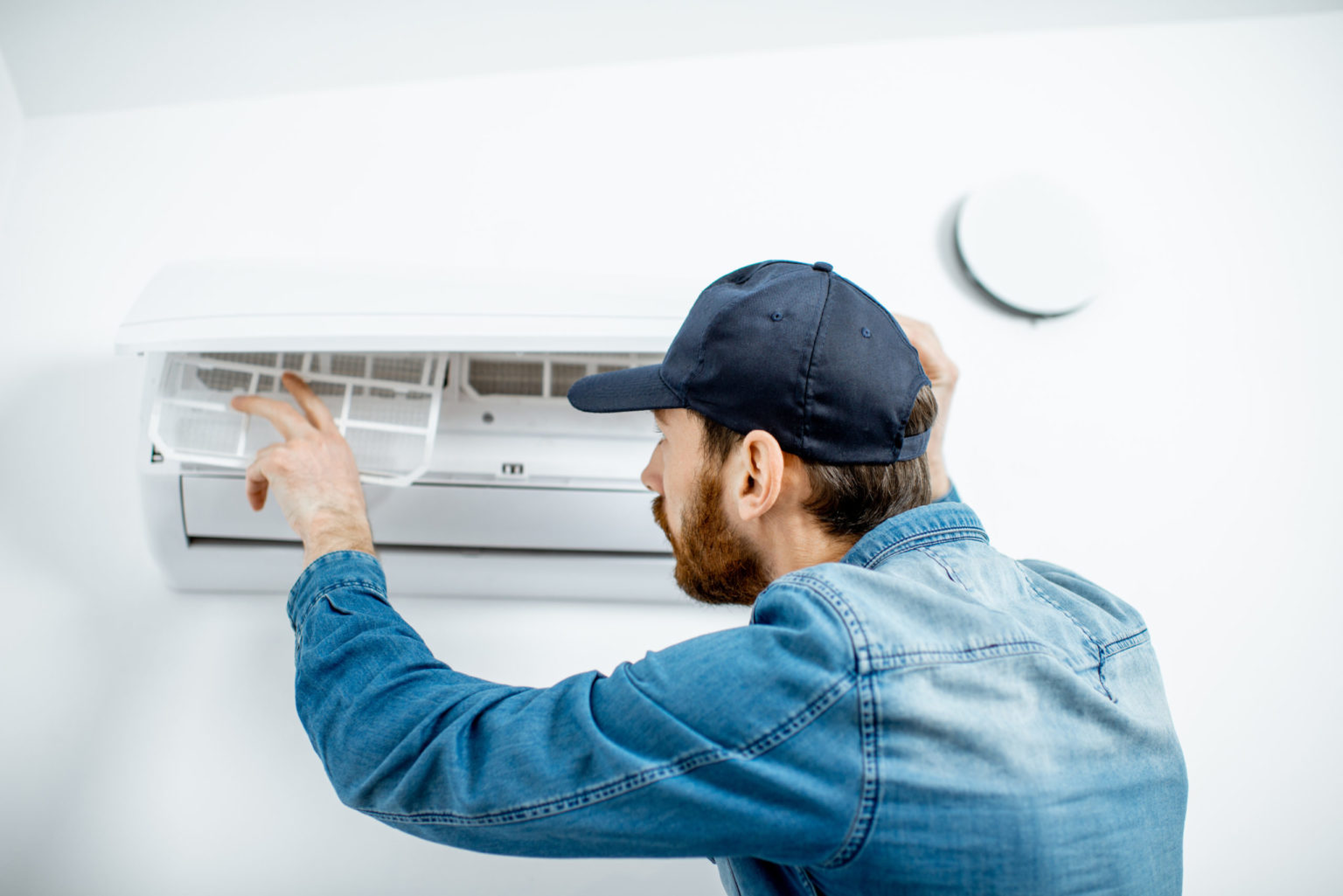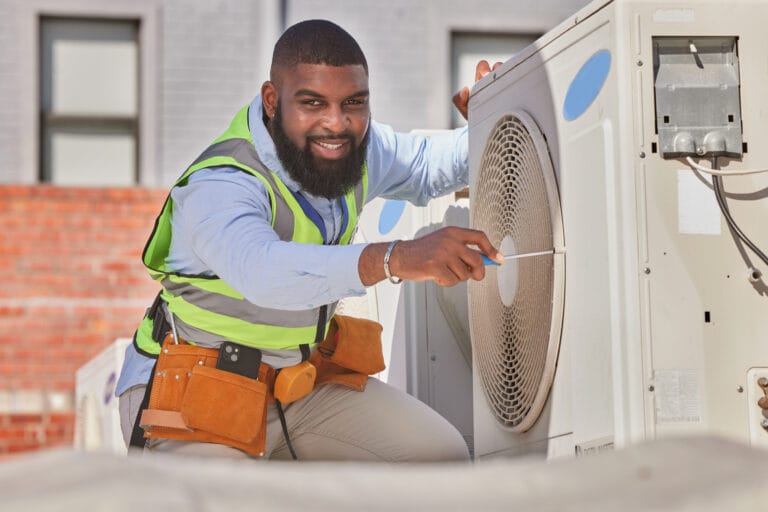Air conditioners are essential to keep your home at ideal temperature levels. Several AC options exist on the market today, and even though they all have varying functions, their cooling mechanisms are pretty much alike. Have you ever wondered how the whole system works? If so, here’s a guide to the different air conditioner parts and their functions.
Compressor

Air conditioning remains vital in every home, and according to the US Energy Information Administration, about 48 percent of all energy consumption in the United States results from the HVAC unit. Despite their popularity in modern times, the air conditioner technology wasn’t always as sophisticated and has evolved dramatically since 1902, when Willis Carrier developed the earliest version of the current AC technology.
The primitive AC units were bulky, expensive, and designed to control humidity more than temperature. However, today’s AC models are sleek in design and considered by homeowners as a necessity rather than a luxury for a selected few. Yet they all have similar air conditioner parts and functions.
The compressor is one of the main parts of an air conditioner, but its functions vary depending on the build. Traditional compressor options used to be one-mode, pumping cool air throughout your house at peak efficiency. Furthermore, modern homeowners have several compressor options on the market, including two-stage and variable speed models. Two-stage compressors can run slower when you need less cooling and vice versa. Variable compressors, on the other hand, have even more speed options giving the homeowner more significant control of their home temperature. Regardless of the difference, most modern compressors are energy efficient and help reduce utility bills.
Refrigerant
An AC refrigerant is an essential component of every air conditioner and is a chemical that creates a cooling effect after circulating through the AC’s coils at high pressure. All the main components use the refrigerant in the cooling process. Compressors need refrigerants to function. The refrigerant travels through the expansion valve and evaporator coils before completing the cooling process. The end result of the refrigerant cycle is a high pressure and high-temperature gas which cools the coils. The air gets conditioned after running over the hot coils ridding it off heat and humidity for a cooled-down home.
Condenser
An AC condenser which often looks like an engine radiator is the outside part of a split HVAC system. Its main function is to receive high pressure from the compressor and convert it into liquid. Condensers use the heat transfer principle based on the scientific fact that heat will always move from a warmer to a cooler substance. Therefore, condensation plays a vital role in the functioning of AC systems; however, too much of it might not be a good look for your AC. If your HVAC unit shows signs like sweating ducts, there might be a problem with your unit. And it most likely will be related to over condensation, which requires the services of an HVAC technician.
Evaporator Coils

The evaporator coil is another vital part, and its role is to absorb heat from your indoor air. During the cooling process, the compressor blows indoor air over the cold coils where the refrigerant can absorb the heat and evaporate into vapor. The vapor leaves the evaporator coils as a warm gas, where it restarts the process after reaching the compressor.
Keeping evaporator coils clean is essential to guarantee your AC system’s peak efficiency, and poorly maintained coils can also spike up your energy bills and affect your AC’s cooling performance.
Expansion Valve
The expansion valve is located between the condenser and the evaporator coils, and its purpose is to decrease high temperature.
After the refrigerant cools down, the compressor increases the air temperature but will first need to depressurize and reduce temperature to complete the process.
Keeping all this information might seem unnecessary. But knowing the different parts of your AC unit can be a great way to maintain it and identify faults faster.






